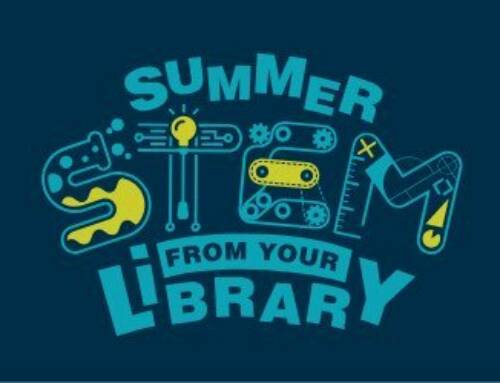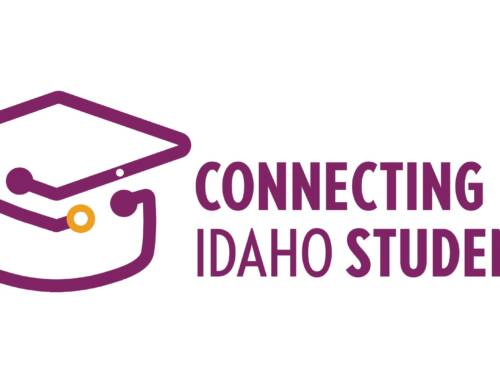 There was a discussion on school library/public library partnerships at the ILA Region IV Conference in Twin Falls. One thing that became clear is that there is no step-by-step approach that will work for every community because, as we know, each community has its own set of assets, challenges, and preferences. Further, there were nearly as many ideas of what a perfect partnership looks like as there were participants in the meeting.
There was a discussion on school library/public library partnerships at the ILA Region IV Conference in Twin Falls. One thing that became clear is that there is no step-by-step approach that will work for every community because, as we know, each community has its own set of assets, challenges, and preferences. Further, there were nearly as many ideas of what a perfect partnership looks like as there were participants in the meeting.
This discussion group thought “perfect partnerships” often include, but are not limited to:
- Access to and the ability to use each other’s facilities and materials.
- One card for students and teachers to use at both/all libraries.
- Cross over of staff in both libraries.
- All activities and programs can be accessed and used from either library with full cross promotion.
- Shared ILS so all patrons can see all holdings.
- Barrier-free, seamless service for patrons that addresses non-resident issues.
- Using the power of robo-calls for good by letting all residents and area non-residents know about library programs and opportunities happening at both libraries.
- Teacher cards that allow access to both libraries.
All agreed that a perfect partnership includes partners that are open-minded when it comes to new ideas and procedures and to the partnership itself. Good partnerships start with a project with a clear idea of what success will look like.
One the ideas started flowing, it was time to think about who else has a say in how this partnership will work. Some of the stakeholders to include in the conversation might be:
- The public and school librarians that will be involved;
- The public library governing body (i.e. the library board or the city council);
- Administrator(s), possibly both district and building level, of the schools that will be participating;
- Patrons of both libraries, possibly in the form of advisory groups;
- Teachers/faculty/library staff;
This may seem like a lot of people to involve, but it is important because these stakeholders will supply information we need, but don’t have. They may even provide insight into items that we are not aware that we need to know. The larger the project, the more important stakeholder input and buy-in becomes.
Some examples might be, but certainly are not limited to:
- Laws that might govern how the partnership is structured. For example, what are state and city laws about sharing of space or other property? What are privacy issues for patrons, especially when it comes to student (minor) confidentiality;
- A thorough understanding of the funding sources of each partner and what that means to the structure and goals of the partnership. For examples, there may be procedures to follow when school funds are mingled with city funds to run a program;
- Technological implications of partnering; and very importantly,
- Considerations about whether this partnership will result in a benefit that the community wants.
Obstacles will come up, some more stubborn than others, with solutions that are just as varied. Some show up right away, like:
- Scheduling – probably even that very first meeting;
- All parties already have a heavy work load;
- Obligations to comply with or change policies or ordinances;
- Library district boundaries/city limits vs school district boundaries and how students are distributed; and
Others come up once planning is underway like:
- Funding for components of the project like courier service, events, or outreach services;
- Territorial disputes of all kinds;
- Differences of opinion over tradition vs. change (Note: change is hard);
- Overcoming inertia of a group and building political will;
- Reaching the intended audience.
What are the elements that result success in a partnership, no matter the goal?
- Including the right stakeholders at the table;
- Communication/promotion solutions;
- Follow-through from all members of the community;
- Starting small works well – build on success!
This summer dream up your perfect partnership and who to talk to about it. By the time fall rolls around, maybe it will be time to start the first step toward making it a reality.



